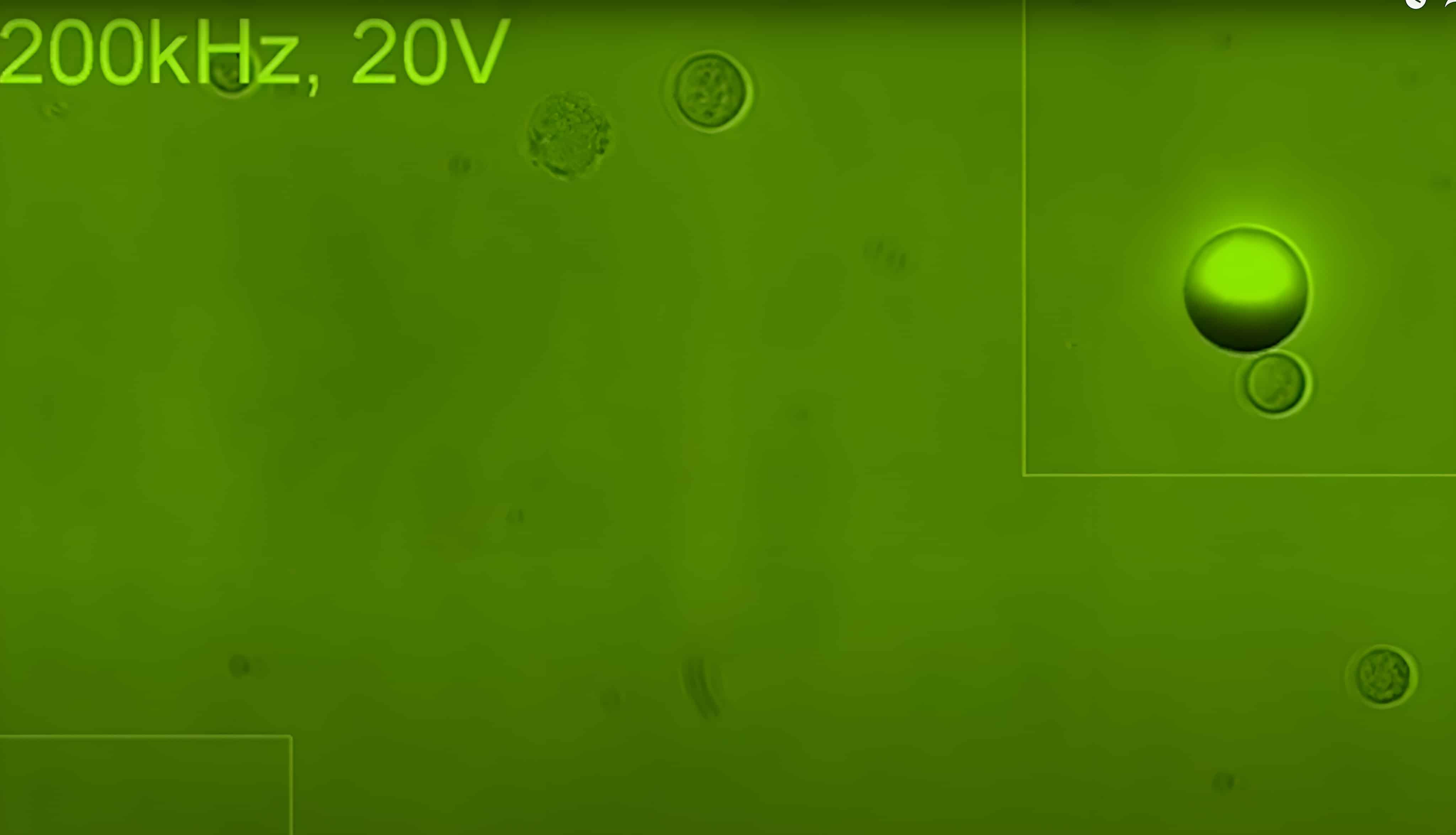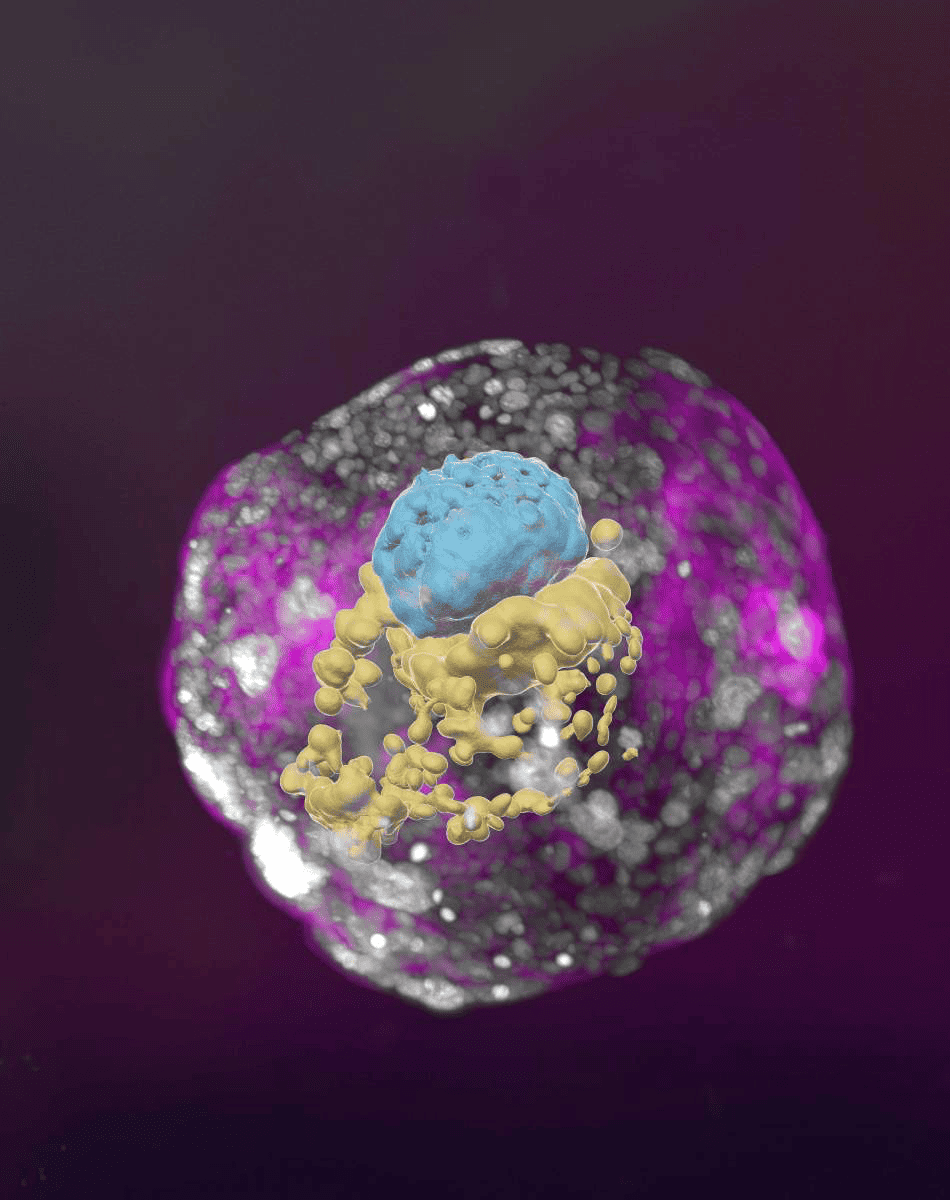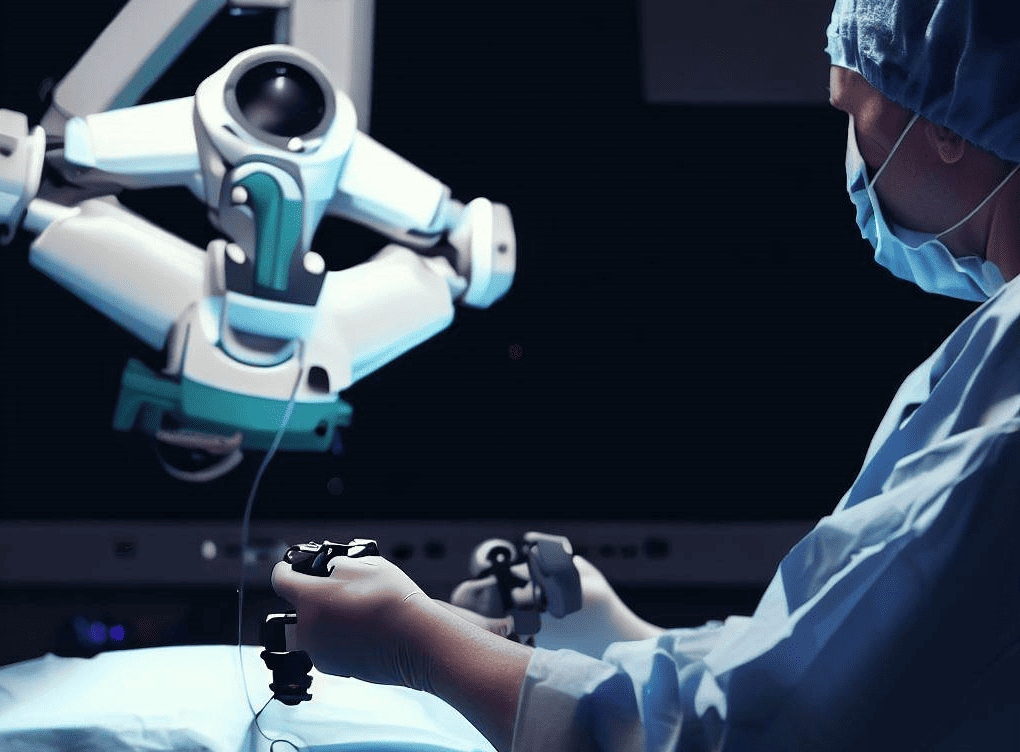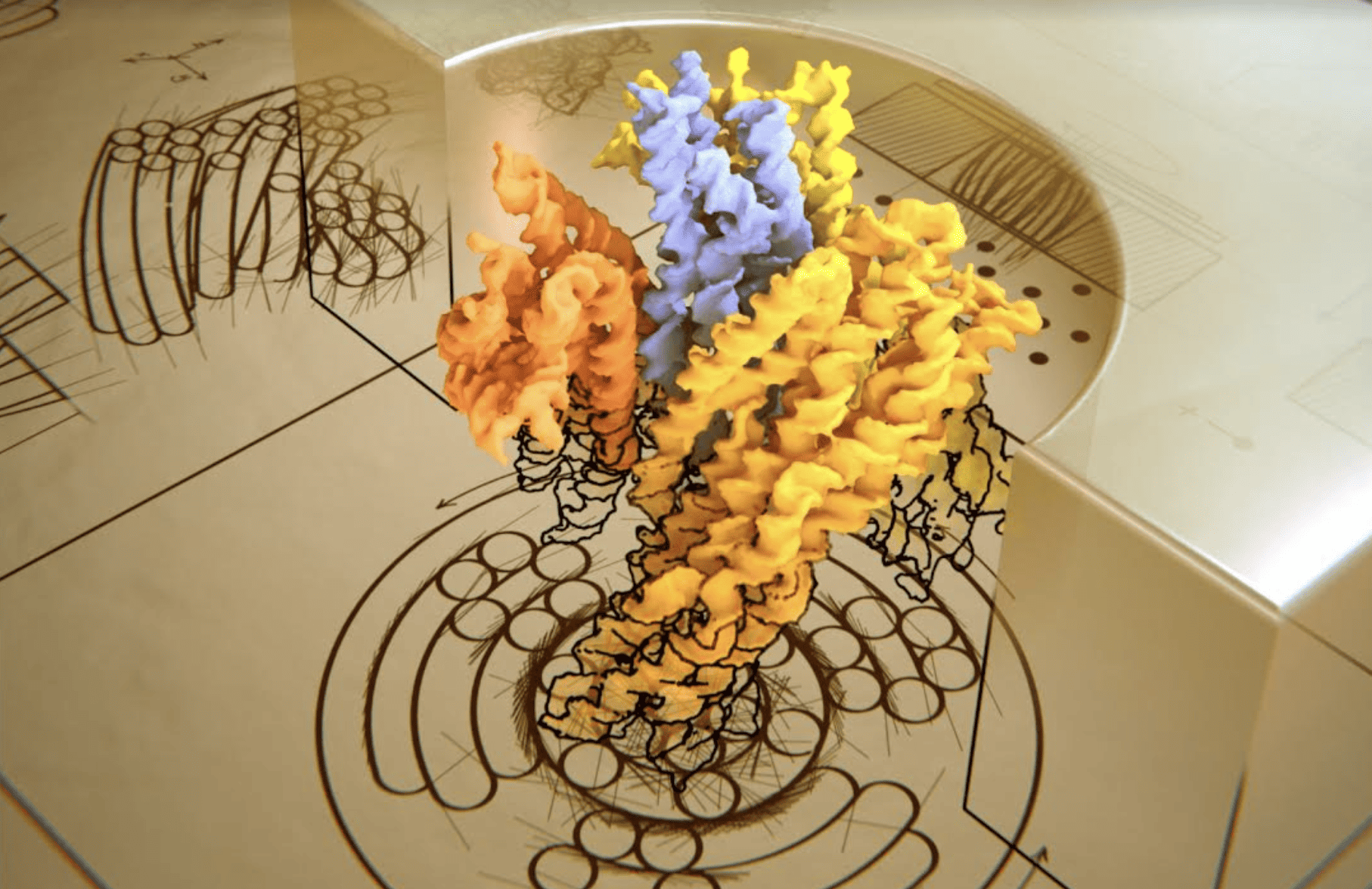
Researchers at Tel Aviv University have developed a micro-robot the size of a single biological cell. This innovative micro-robot utilises both electricity and magnetic fields for navigation and is capable of identifying, capturing, and transporting individual cells. The micro-robot demonstrates remarkable precision in capturing single red blood cells, cancer cells, and bacteria without the need for tagging. Although tests have been conducted outside the human body, researchers hope to expand to in vivo testing for future applications.
Combining electrical and magnetic propulsion
The hybrid micro-robot, measuring only 10 microns in size, is inspired by bacteria and sperm cells, and is capable of both autonomous and controlled movement within the body. While electrical propulsion enables selective cargo loading, transport, and release, as well as cell deformation, the magnetic propulsion system offers precise steering and functionality across a wide range of temperatures and conductivity levels.
According to Gilad Yossifon, the corresponding author of the study, micro-robots which relied solely on electrical guiding mechanisms were ineffective in certain environments where the electric drive was less effective. This is where the complementary magnetic mechanism comes into play, allowing the micro-robot to overcome the limitations faced by its electrically powered counterparts.
Enhanced cell identification and capture
The hybrid micro-robot demonstrates an advanced ability to distinguish healthy cells from drug-damaged cells and dying cells undergoing natural apoptosis. This technology allows the micro-robot to capture non-labelled cells by sensing their status, making it the first study to use micro-robot-based sensing of label-free apoptotic cells.
Yossifon explains that their new development significantly advances the technology in two main aspects: hybrid propulsion and navigation. By combining both electric and magnetic propulsion systems, the micro-robot is better equipped to identify, capture, and transport single cells without the need for tagging, either for local testing or retrieval and transport to an external instrument.
Opening doors to multiple applications
This innovative hybrid micro-robot has the potential to support a wide range of medical applications, such as medical diagnosis at the single-cell level, introducing drugs or genes into cells, genetic editing, and targeted drug delivery within the body[. Additionally, it could contribute to environmental efforts by removing polluting particles, assisting in drug development, and creating a “laboratory on a particle” for further research and analysis.
The tests conducted so far have been outside the human body, but researchers are hopeful that in vivo testing will eventually become possible, unlocking even more potential for this groundbreaking technology. The study, detailing the development and capabilities of this hybrid micro-robot, was published in Advanced Science.







